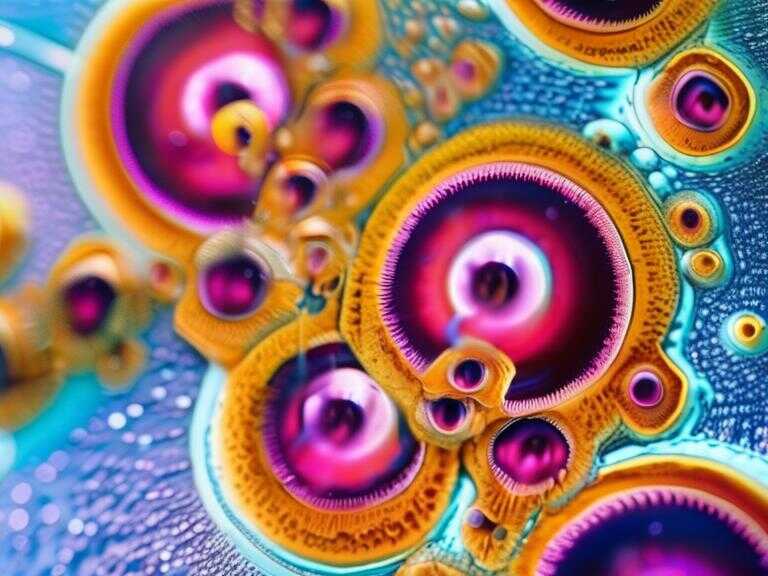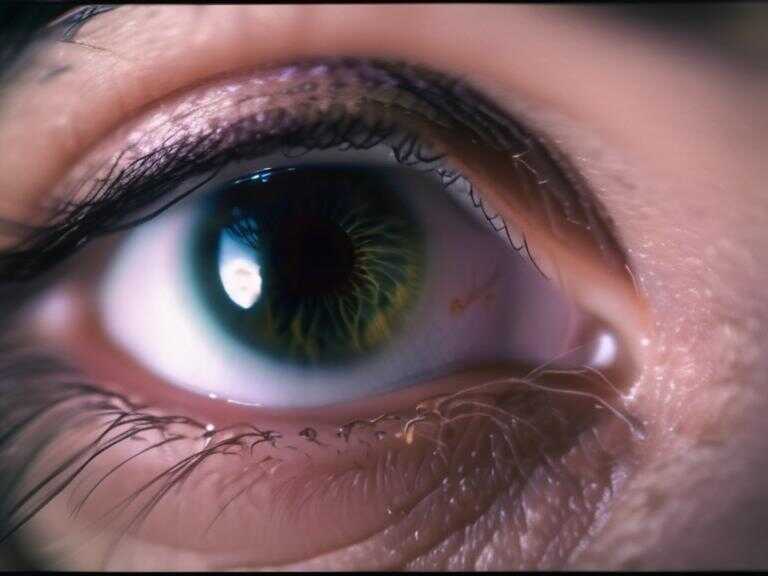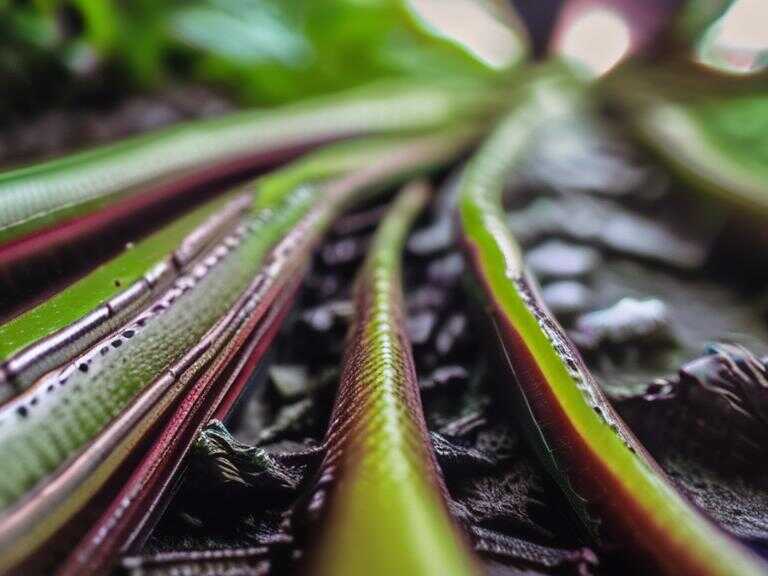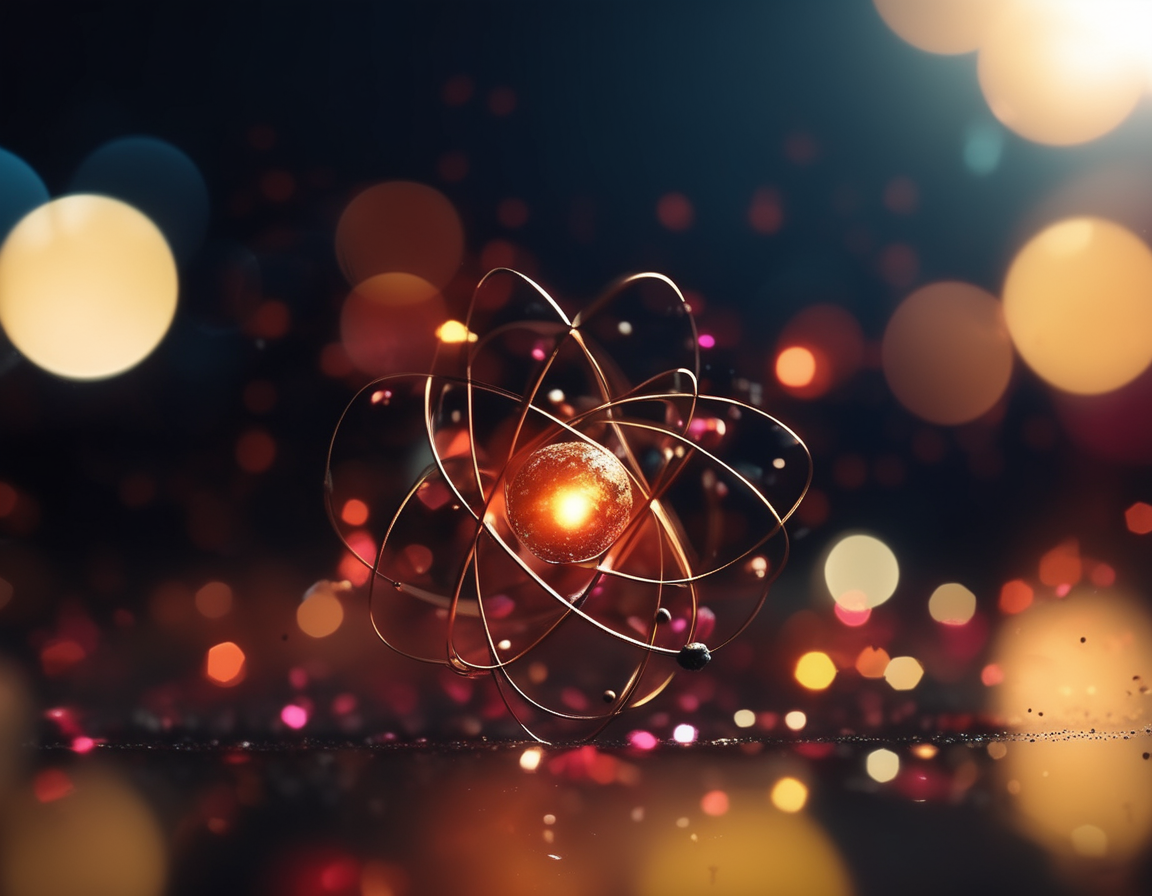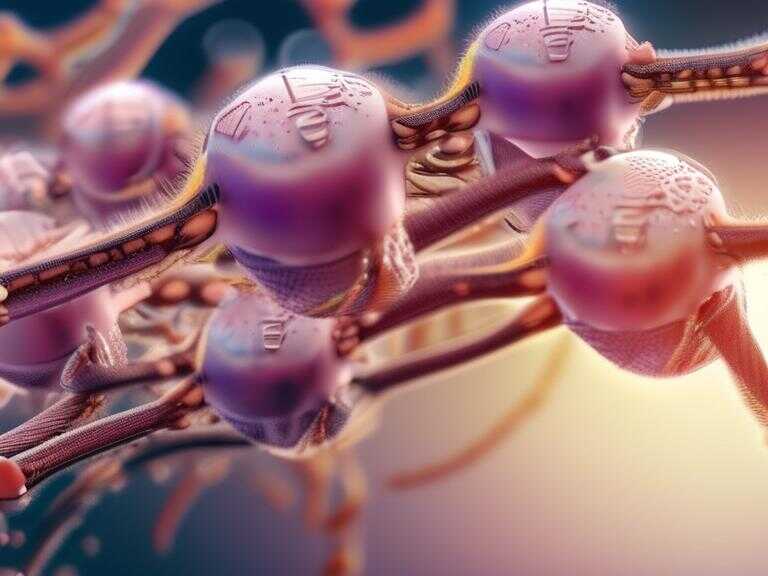
NASA debunks myths around solar eclipse
Millions gather to watch Monday's solar eclipse; NASA debunks myths about harmful rays and radiation dangers, emphasizing the need for special glasses.

As millions of viewers in the U.S. prepare for Monday's total solar eclipse, concerns about radiation have been raised. However, NASA has taken steps to dispel misconceptions surrounding the event.
During a solar eclipse, the moon passes in front of the sun, creating a shadow on Earth's surface that obscures the sunlight. At the peak of the eclipse, only the sun's outer atmosphere, known as the corona, is visible.
NASA has addressed several myths related to solar eclipses. One prevalent misconception is the belief that the eclipse emits harmful rays that can cause blindness. Contrary to this notion, NASA explains that the faintness of the coronal light makes it incapable of penetrating the Earth's atmosphere to cause harm.
Although it is cautioned to wear special glasses when viewing the eclipse, NASA asserts that the idea of the eclipse posing a threat to pregnant individuals is unfounded. The agency highlights that electromagnetic radiation and solar particles, such as neutrinos, are harmless effects of the eclipse.
Additionally, NASA refutes the claim that food prepared during a solar eclipse becomes poisoned by radiation. The agency attributes such beliefs to unfounded stories that have arisen due to fear of eclipses.
Safety precautions
Despite the clarifications provided by NASA, it remains essential to follow safety guidelines when observing a solar eclipse. Special glasses are recommended to protect the eyes from the intense sunlight, ensuring a safe viewing experience.
Share news




